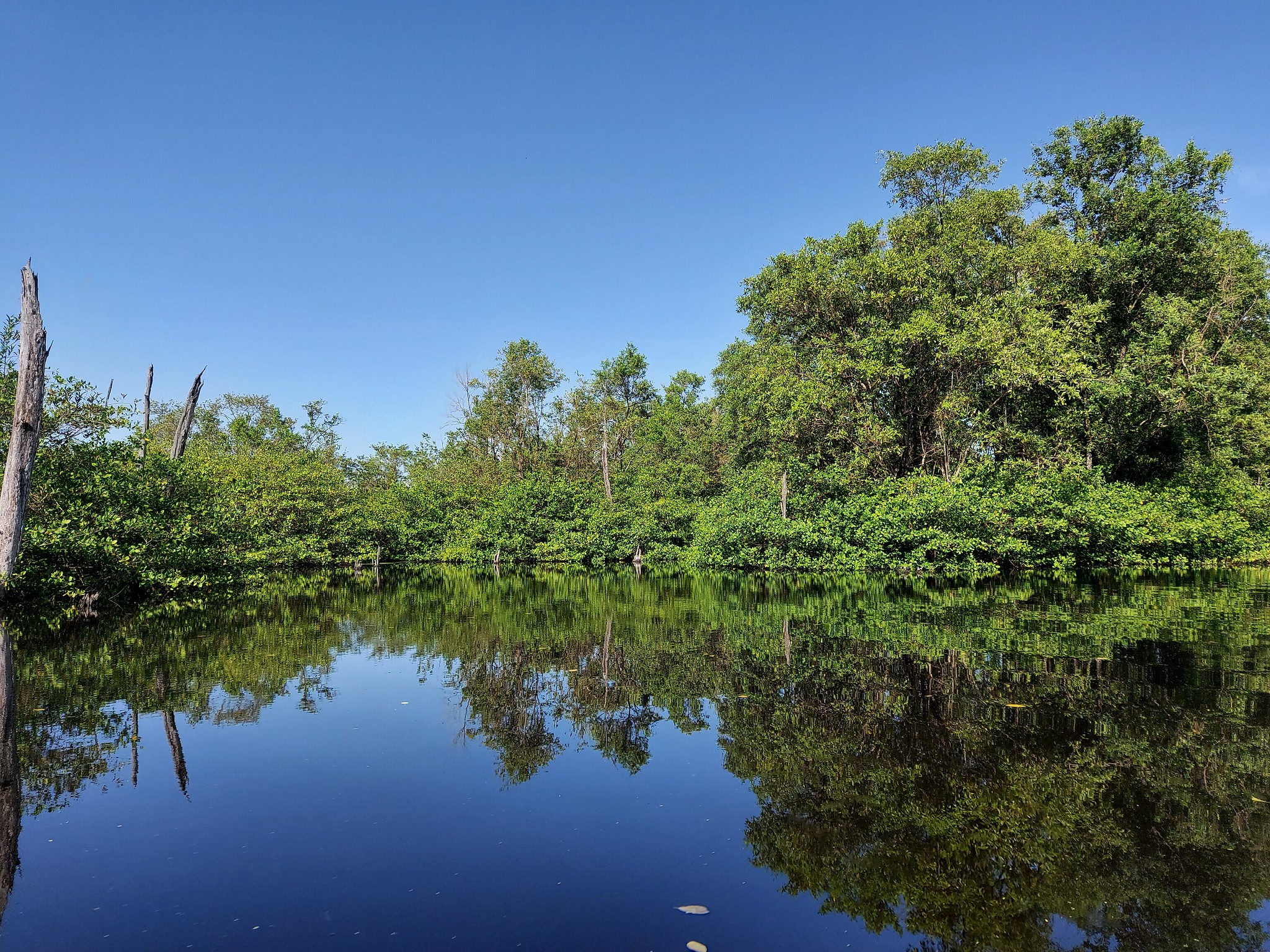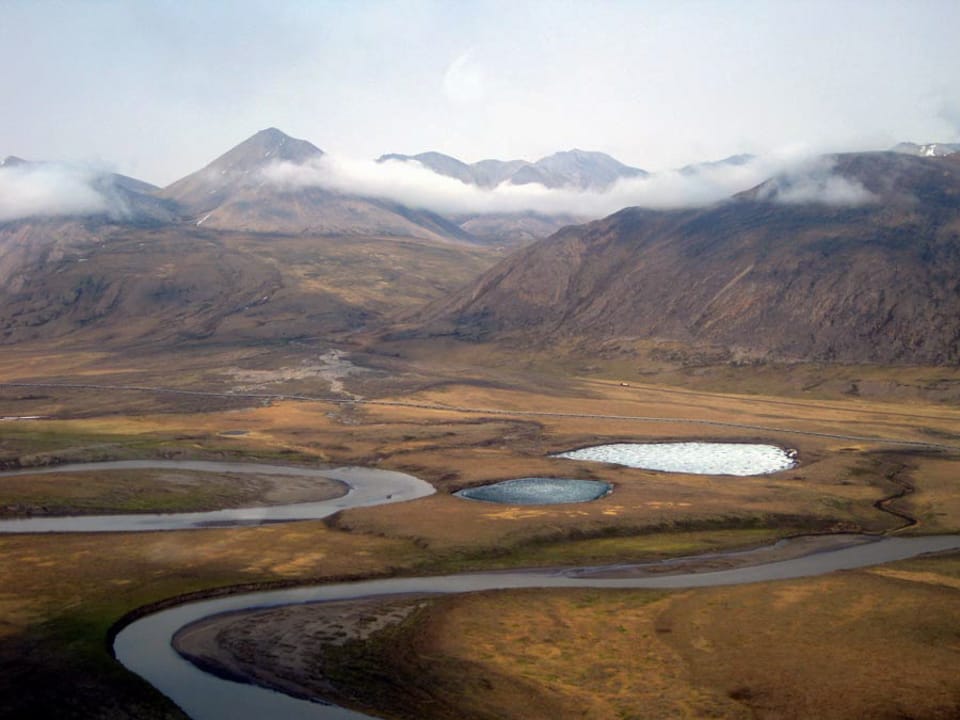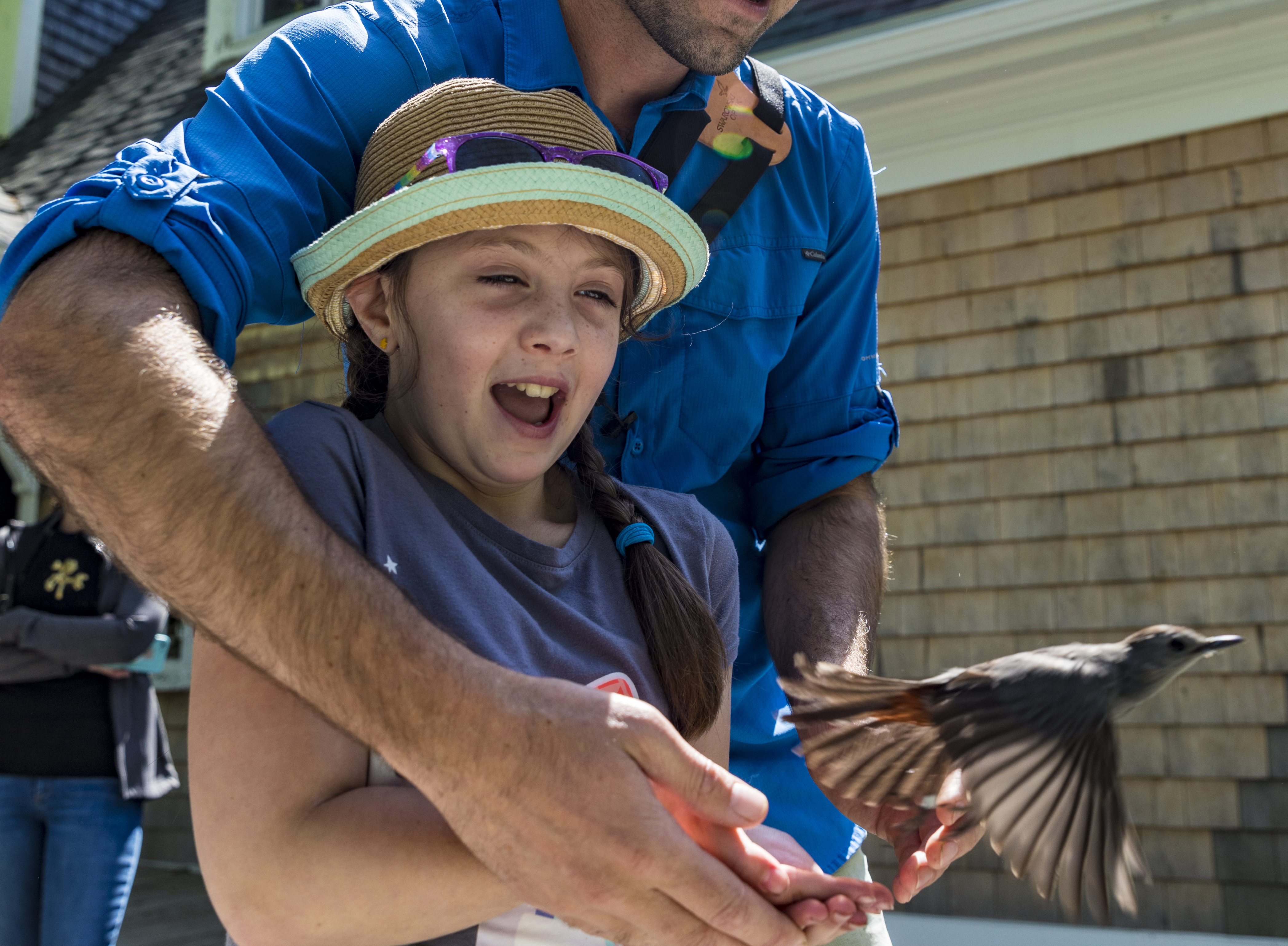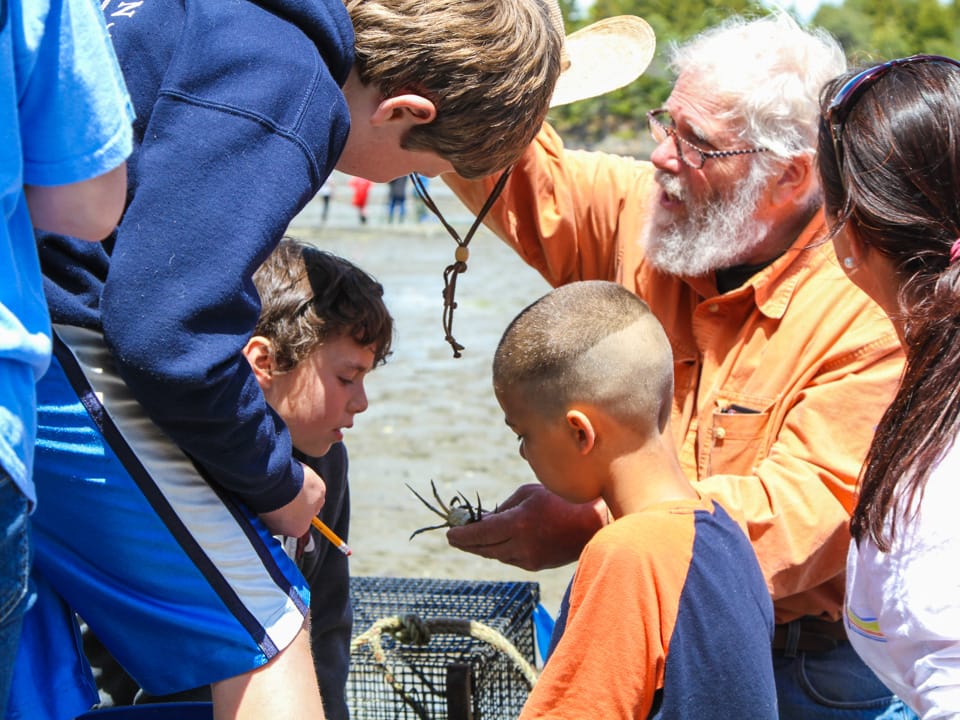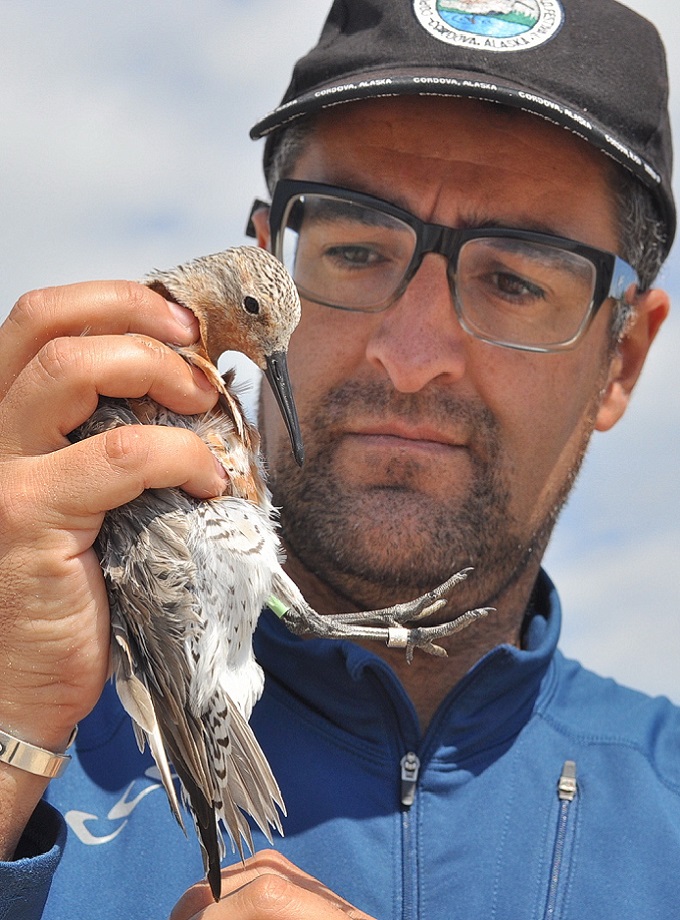
Diego Luna Quevedo
Senior Specialist, Policy and Governance
The coasts of Guyana, Suriname, and French Guiana are among the most important areas for migratory shorebirds in the Americas. Year after year, millions of these long-distance travelers rely on the region’s 1100 kilometers of mudflats and mangrove forests to rest and refuel. This largely pristine stretch, known as the “Green Coast” of the three Guianas, forms a vital ecological cornerstone and corridor for 30+ species of migratory shorebirds to complete their life cycles along the Atlantic Flyway. Beyond migratory shorebirds, the three main habitat types found along the coast, including sandy beaches, mangroves, and mudflats, serve as important refuges for other species of conservation concern, such as the Scarlet Ibis (Eudocimus ruber), Rufous Crab Hawk (Buteogallus aequinoctialis), and species of sea turtles like the Leatherback (Dermochelys coriacea), Green (Chelonia mydas), and Olive Ridley Sea Turtles (Lepidochelys olivacea). Unfortunately, many of these species have suffered significant population declines over the past decades.
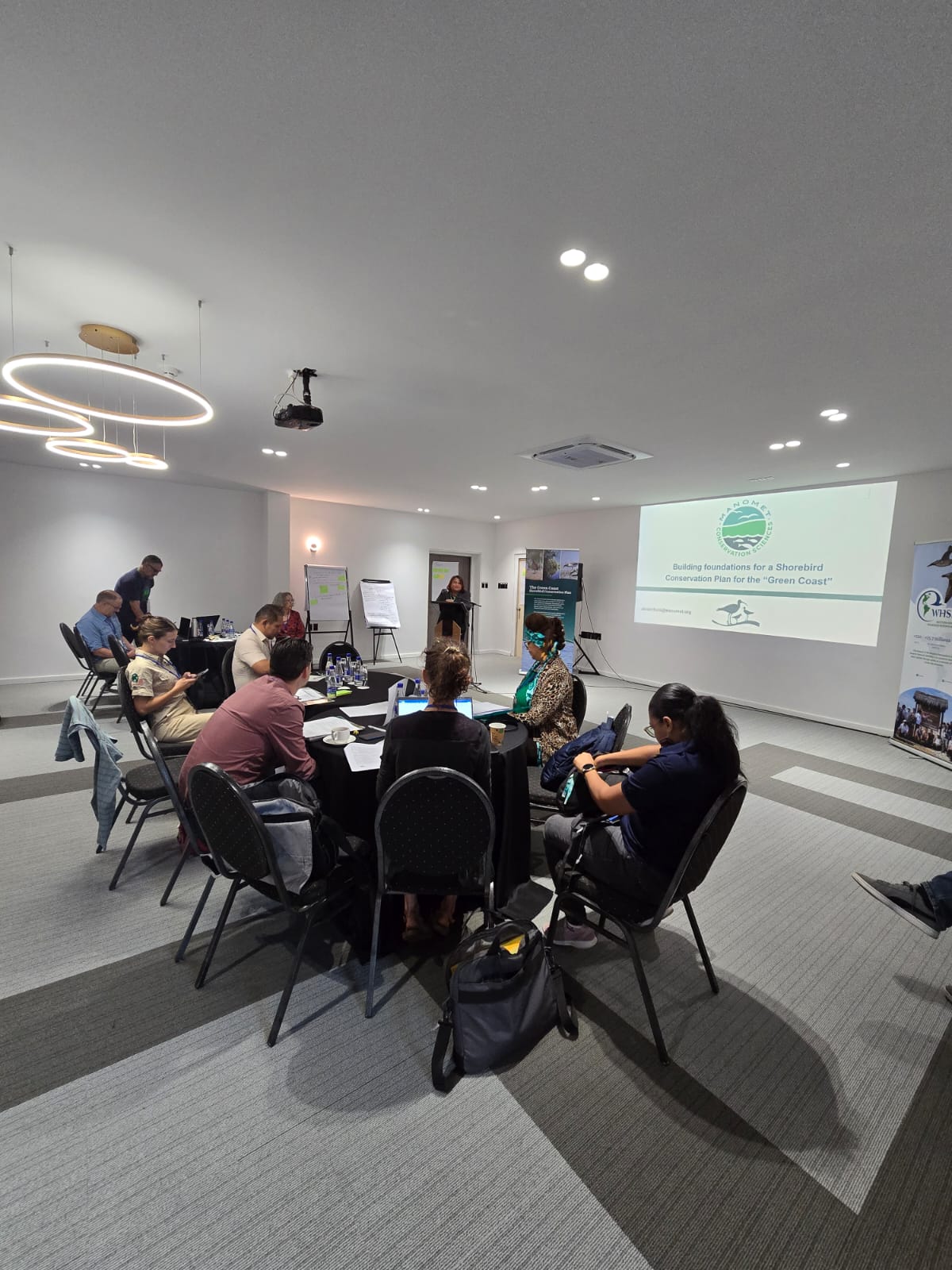
Considering the importance of this part of the Atlantic coast, Manomet Conservation Sciences, with the support of local partners, has facilitated the first Trinational Workshop in Suriname to build the foundations of a Conservation Plan for the Green Coast. Alongside with the local experience of Annette Tjon Sie Fat, my colleague Arne Lesterhuis and regional facilitator Katia Delvoye, we facilitated the workshop with support from Rob Clay, Vice President of Flyways.
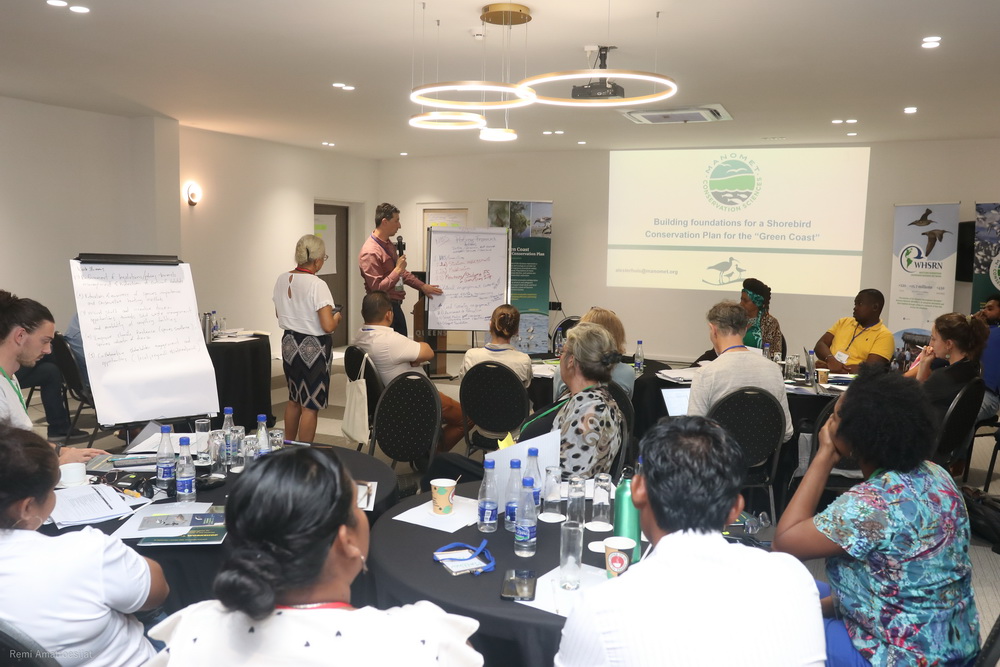
The workshop explored how the Green Coast sustains both shorebirds and the people who depend on these coasts. Participants discussed the main threats facing the region and contributed ideas to a new conceptual framework for shorebird conservation, an effort to guide future action across this vital landscape.
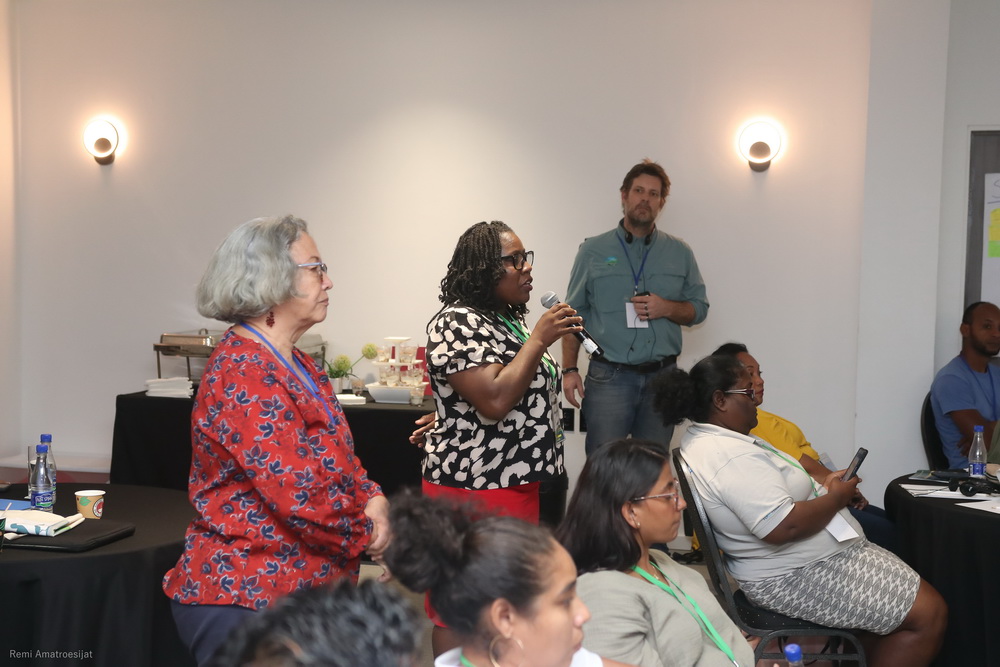
To spark inspiration, representatives from the Common Wadden Sea Secretariat shared lessons from their decades of trinational collaboration in the Wadden Sea, a world-renowned coastal ecosystem that, like the Green Coast, provides critical habitat for thousands of migratory birds and other wildlife. Their experience highlighted both the challenges and the power of working together across borders.
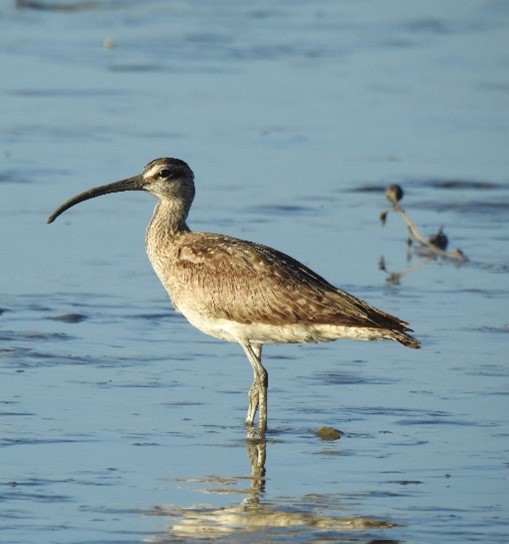
The trinational workshop brought together over 30 participants representing more than 15 governmental and non-governmental institutions, including the Ministry of Land Policy and Forest Management (Suriname), Ministry of Public Works & Spatial Planning (Suriname), Office Français de la Biodiversité (French Guiana), Collectivité Territoriale de Guyane (French Guiana), Protected Area Commission (Guyana), NAREI (Guyana), Conservation International, and WWF-Guianas.
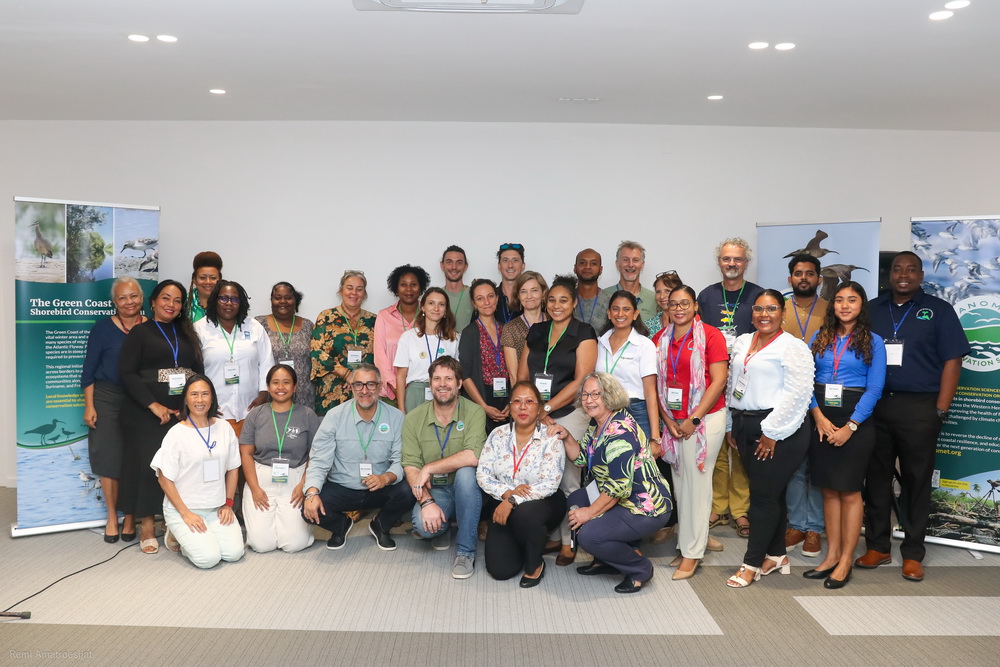
At least 80% of the human population in these three countries lives along the Green Coast. Ensuring the protection of important sites for shorebirds also safeguards the ecosystem services that support local livelihoods, biodiversity, and coastal resilience in the face of climate change.
Because the threats to shorebirds and their habitats transcend borders, their conservation demands coordinated, life-cycle–level action. Planning and international collaboration are essential to build effective strategies and share knowledge across countries. The input gathered during the workshop will guide the creation of the Green Coast Conservation Plan, to be completed later this year.
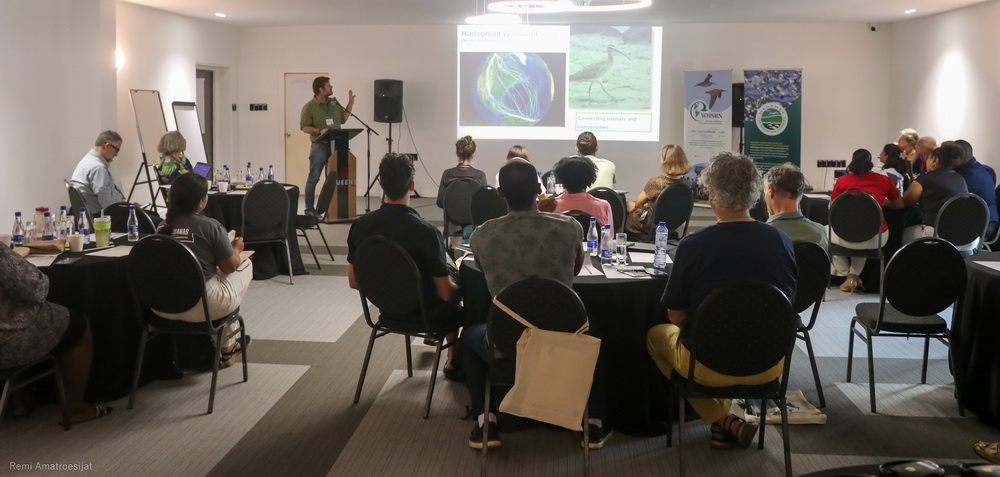
Without regional planning, conservation efforts will be isolated and insufficient to protect this mostly pristine coastline and the remarkable long-distance travelers that depend on it.
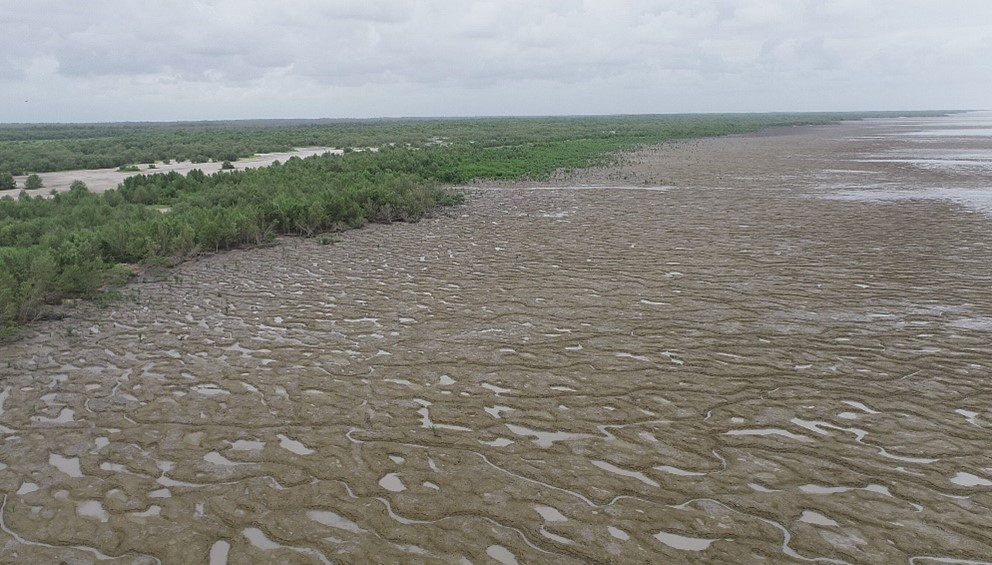


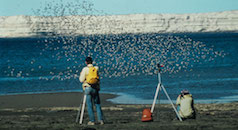
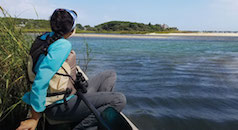
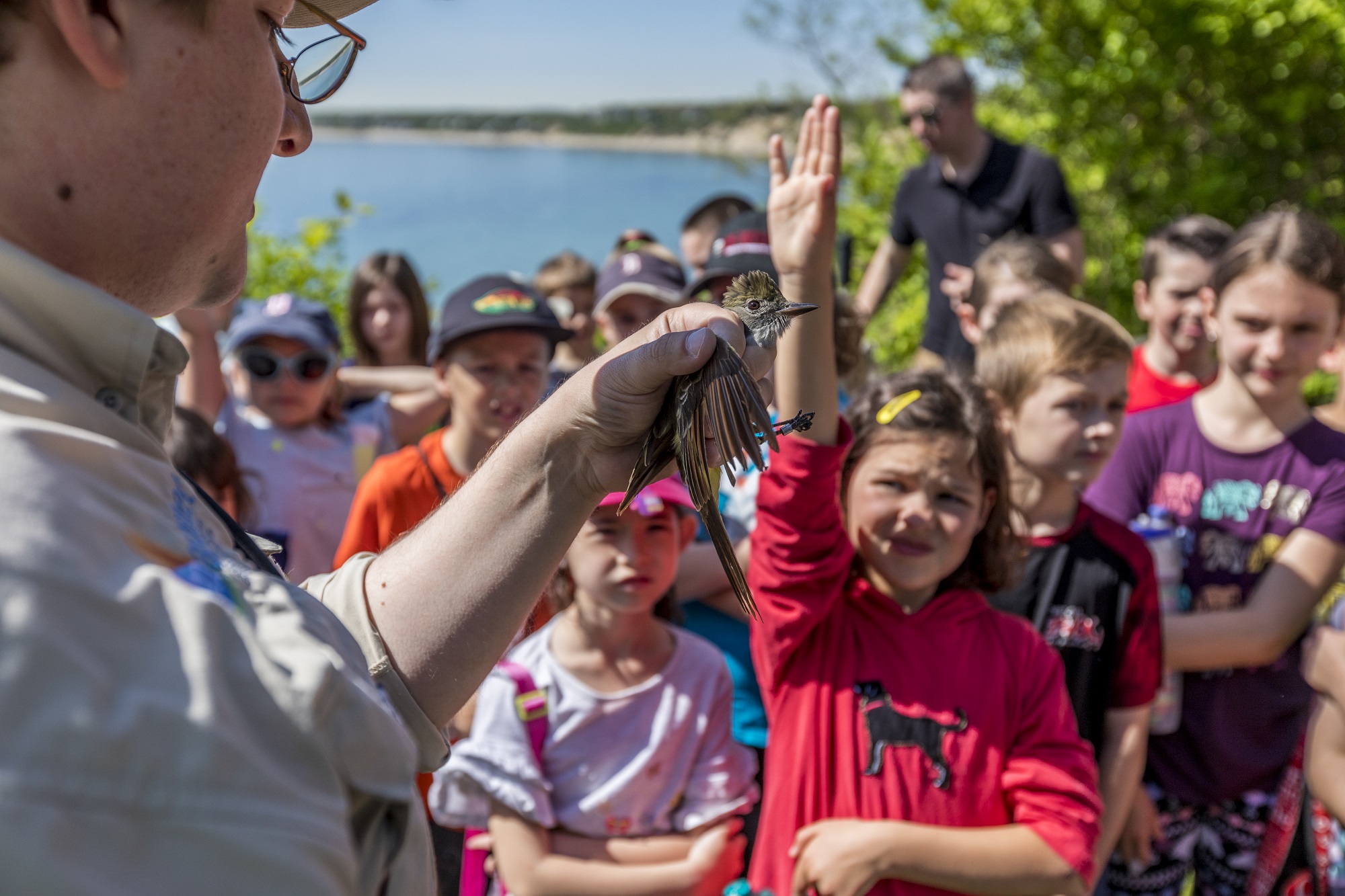
 Back to all
Back to all